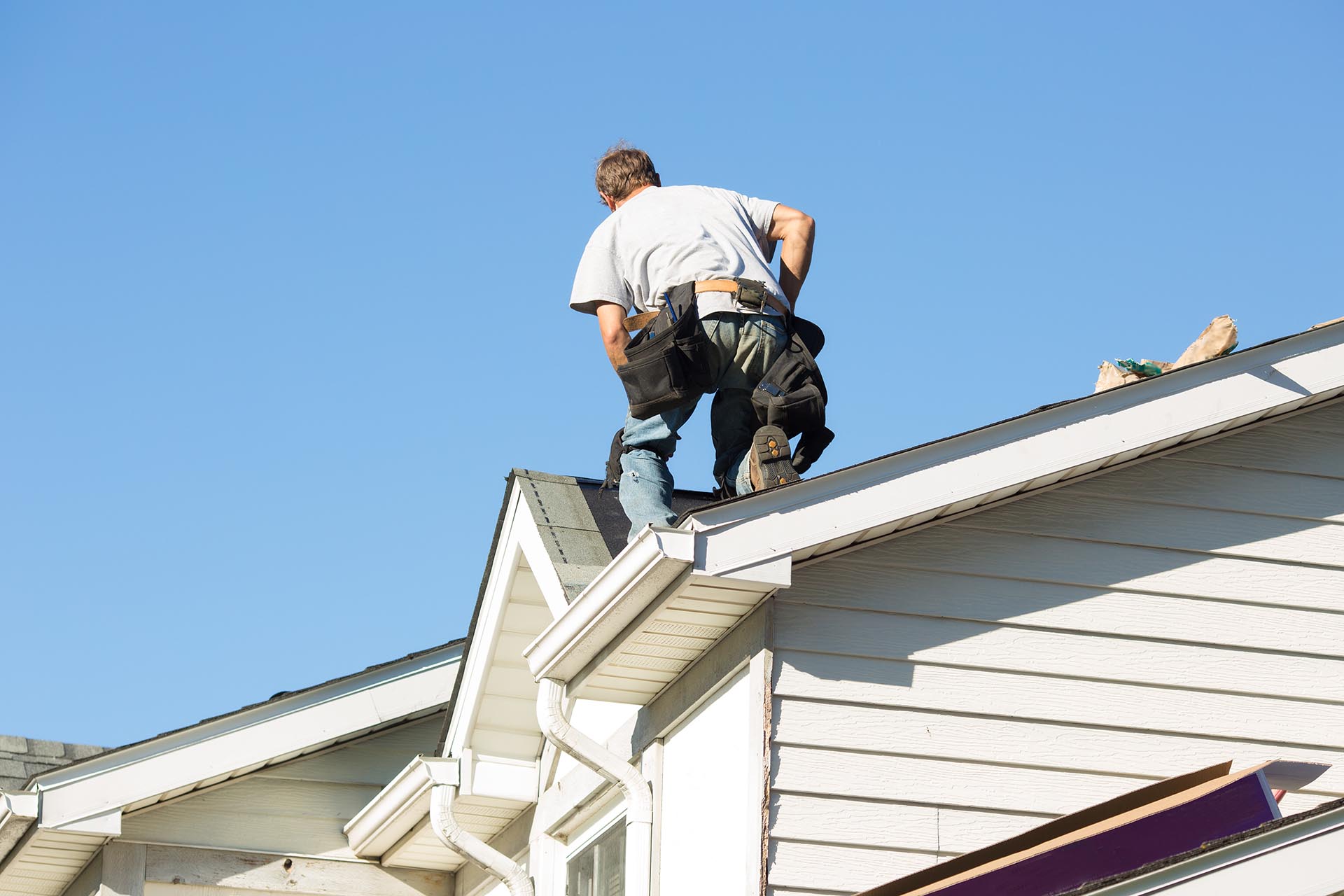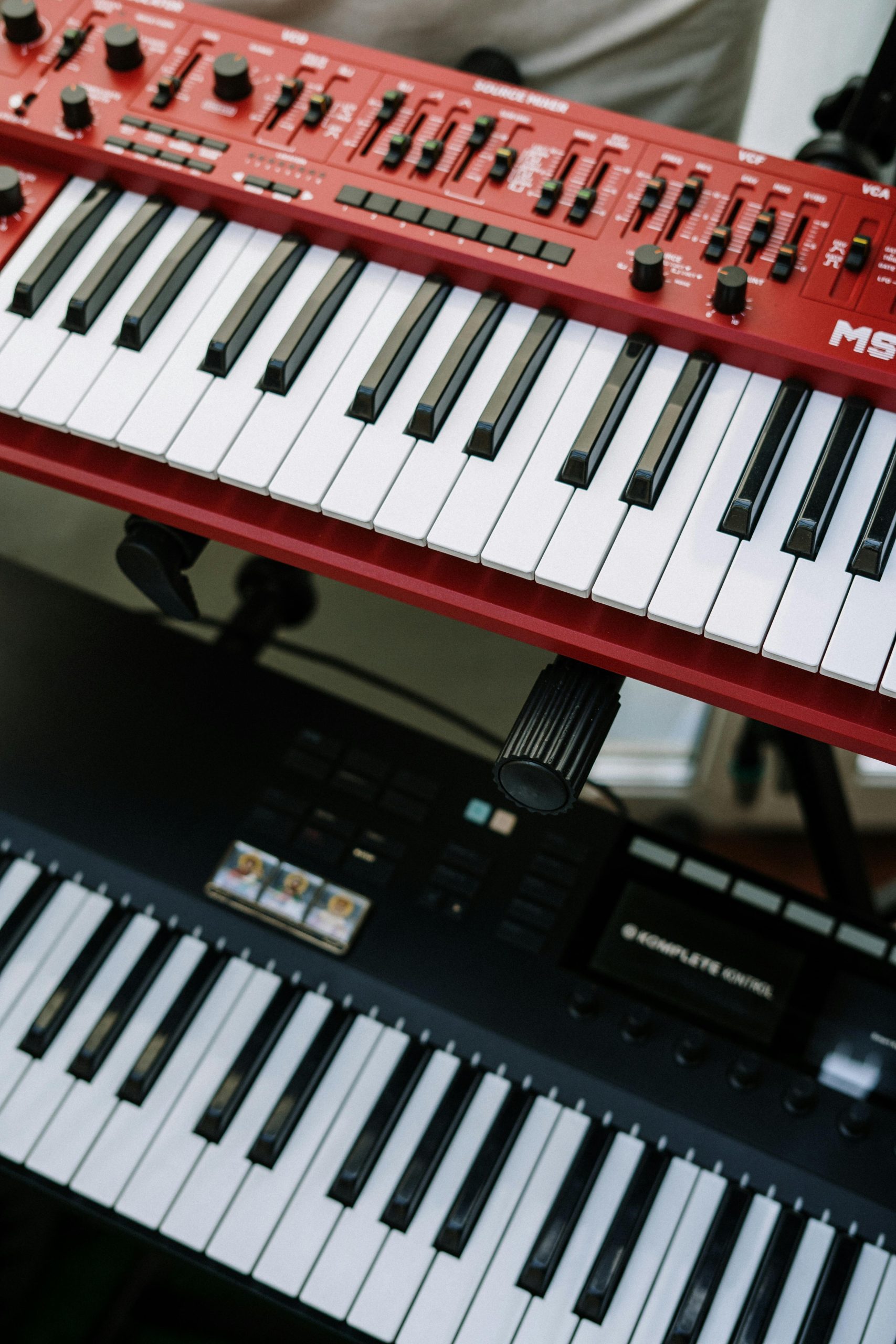Antique stained glass windows are treasured for their artistry, craftsmanship, and historical value. Whether they once adorned a church, a historic home, or a public building, these pieces require careful assessment before being sold. A professional Stained glass buyer follows a structured evaluation process to determine authenticity, condition, and market value, ensuring both the seller and the artwork receive the attention they deserve.
The Role of a Stained Glass Buyer in Evaluation
A skilled stained glass buyer is both an appraiser and a preservation advocate. They don’t simply make an offer—they perform a detailed examination to understand the window’s origin, craftsmanship, and historical relevance before determining a fair price.
Why Professional Evaluation Matters
Without expert input, sellers risk undervaluing their stained glass or selling it to an inappropriate market. A qualified stained glass buyer combines historical knowledge with current market insights to provide an accurate valuation.
Step-by-Step Evaluation Process
1. Historical Research
The stained glass buyer begins by investigating the piece’s provenance. They look for documentation, old photographs, or records linking the window to a specific location, artist, or period.
2. Physical Inspection
A thorough inspection involves examining:
- Glass Quality – Color depth, texture, and clarity.
- Lead Cames – Signs of age, craftsmanship, and repairs.
- Paintwork – Detailing, firing techniques, and artistic style.
3. Condition Assessment
The stained glass buyer checks for cracks, missing pieces, fading paint, or structural weaknesses. This helps determine restoration needs, which can affect value.
4. Artistic and Cultural Significance
Some antique stained glass windows are valuable not just for their materials but also for their symbolism, style, or association with a well-known artist or building.
5. Market Analysis
Using recent sales data and collector demand, the stained glass buyer estimates a competitive selling price.
Factors Influencing Value
- Age and Period – Older works with clear historical ties often command higher prices.
- Artist or Studio – Windows from renowned makers like Tiffany or Morris & Co. are especially valuable.
- Condition – Well-preserved pieces require less restoration, appealing more to buyers.
- Rarity – Unique designs or rare subjects can significantly raise interest.
Benefits of Professional Evaluation
- Fair Pricing – Ensures sellers receive market-accurate offers.
- Authenticity Verification – Protects buyers and sellers from reproductions.
- Proper Handling – Antique windows are fragile; a stained glass buyer ensures safe transport and storage.
Mistakes to Avoid When Selling Antique Windows
- Accepting an offer without independent evaluation.
- Selling to someone with no stained glass expertise.
- Overlooking restoration costs in negotiations.
Conclusion
An antique stained glass window is more than a decorative element—it’s a piece of history. A professional stained glass buyer evaluates such works with a meticulous process, balancing artistic beauty, historical significance, and market demand. By understanding how this evaluation works, you can approach the selling process with confidence, knowing your window will be valued and preserved appropriately.



